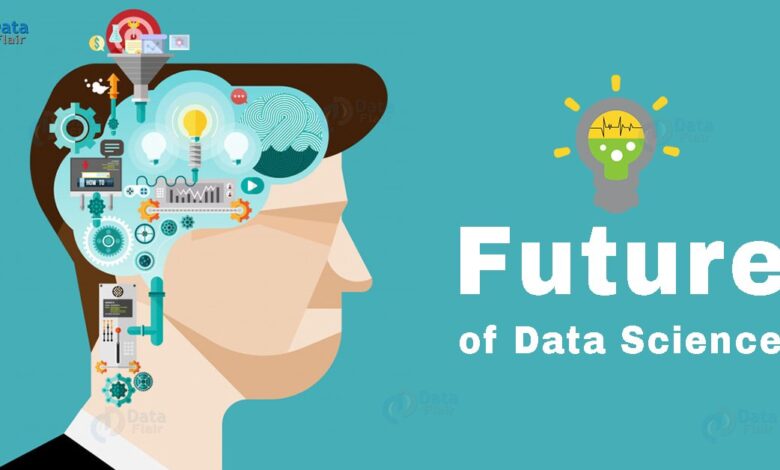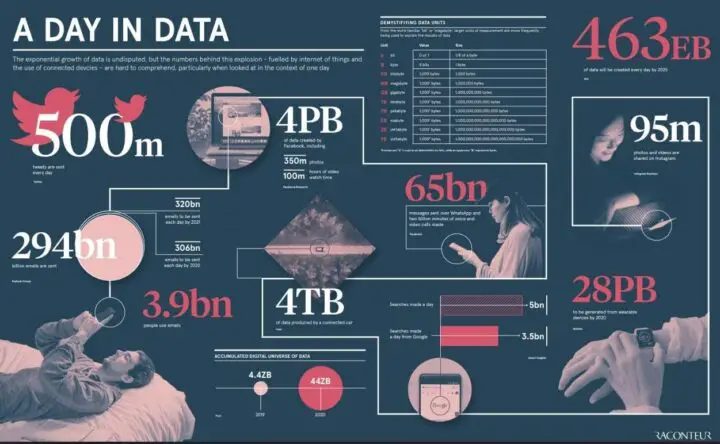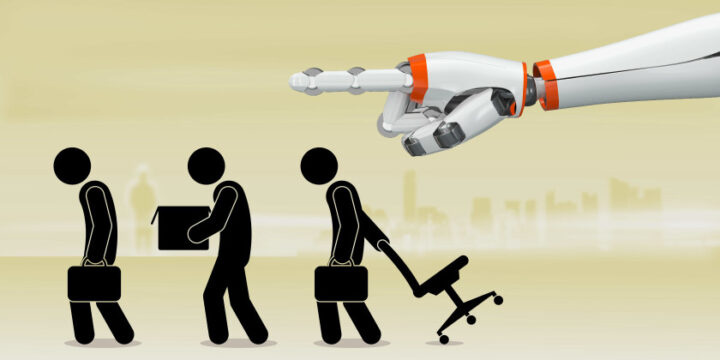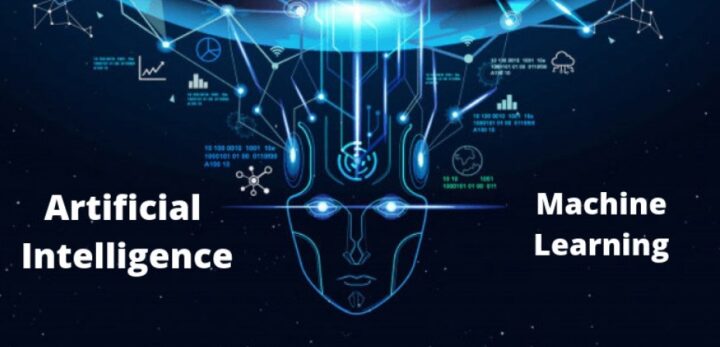The Future of Data Science

Every day you alone feed the global Web with mind-boggling amounts of data simply by browsing your smartphone. Knowledge is power. That is why no business can be blamed for being too keen on managing this data and using it to their own ends. According to Raconteur iconographic, 463 exabytes of data will be generated each day globally by 2025. Would you believe that?

No one would make a bet that a job of data scientist will cease to exist. Nor will the demand for it slow down. However, it would be foolish not to admit that change has occurred. For you to embrace it, we have summed up the most important trends in this sphere.
1) Never the Same
There will be a drift towards specialization within data scientist jobs. With data-reliant technology advancing by leaps and bounds, one simply cannot manage being Mr. Know-it-all. Any project requiring data scientist skills has both a technical and analytical side. Techs will lay their hands on creating machine learning-based models, implementing predictive analytics modules into applications, and many more. You’d ask, where does the demand come from? Well, it is the digitization of the world that is driving the demand for skilled data science professionals as never before. The U.S. The Bureau of Labor Statistics has evaluated the current market growth and stated that the number of jobs in the field of data science is projected to grow by 28% through 2026. And that’s only a start. The sooner we all make a shift to the digital, the bigger demand will be.
Data analysts jobs are also on the rise according to Quanthub. The specialists of this kind are priceless and hard to find, since they know how to handle the masses of data, theorize and experiment with it to build a foundation for a data engineer to work with.
2) Privacy and Security At Stake: What’s More Important Here?
With exponential data growth, enormous amounts of private data can leak into corporate hands. Therefore, the question of ethics burns hot. On the one hand, the more personal information is included into the model, the more accurate it is and more customized the result will be. And that’s what modern businesses are looking for – accuracy, bespoke solutions and personalization. With success of your business at stake, is the risk worthy?
On the other hand, how many people are out there who would protest should they know their privacy is compromised even if it is for their worth. According to Anthony Scriffignano, Senior Vice President and Chief Data Scientist at Dun & Bradstreet, privacy issues will have to be controlled on the national level. However, countries are not unanimous regarding ethical policy with some nations valuing economic prosperity over individuals’ privacy. The controversy is that whatever regulation and boundaries, machine-learning models built on personal data will be used in many businesses that provide users with consent forms.
3) What About Machines Replacing Humans?

Although Stephen Hawking has warned us against AI takeover and advocated precautionary measures to be taken, more and more automation is underway. Because AI is a friend, not an enemy. According to Oberlo, by 2027, the global AI market is to reach $267 billion. The source also states that 9 out of ten businesses are investing in AI-driven solutions and are going to continue to do so. That makes us think the demand is only rising.
‘Pre-trained AI models developed and automated ML (Machine Learning) can save up to 80 percent of the time, otherwise wasted on data pre-processing and cleaning, repeatable model selection, fine-tuning and validation. The time spared can be used for analytics, robust decision-making, strategic questioning and business value generating. Deploying AI into the business infrastructure, there comes a boost in productivity, decrease in costs and freed resources for more intelligent work. Automated machine learning is especially useful when it comes to well-known tasks like credit scoring, churn prediction, image classification.”
Eugene Medved, a data science consultant at InData Labs
The above-mentioned leaves us to question whether data science tasks will be fully automated in future or not. Well, technology moves on, and we, obviously, cannot change that, but it is highly unlikely that we will ever surrender important decision-making to machines. The question is – what’s left to them then? Most experts have come to use AI and ML for manual task automation like image recognition and picture analysis, review collection and analysis, data capture and extraction, and many more. No repetitive task gets left behind. Click here to learn more about image processing
To sum it up, what can be done by a machine, will be done by a machine, other intelligent tasks will be done only by humans. From now on, we can think of AI-based assistants as friends, not foes.

4) Getting Easier to Understand
There is a growing pressure to hold machines accountable for the result they produce. The term to it is ‘explainable AI’ (XAI) meaning a set of methods and tools to make the output trustworthy and comprehensive for everyone. The need for this was recognized with the rise of Deep Neural Networks with its million parameters deep within algorithm space. As DNN models have been increasingly used to make crucial decisions so has demand for transparency come to the frontline. The concept provides more explanations for the audience making the essence clearer and easy to understand even for a non-techie.
To Draw the Line
It seems we are in for a bright future. We’ve already seen AI automating repetitive tasks in businesses and pathing a way into education and healthcare. What comes next? Algorithms are getting smarter, models are becoming more swift and efficient, machine learning more automated and predictive analytics more accurate. Seems like a perfect tech-world, right? Ye and no. In the modern world, data science and AI go hand in hand with large amounts of data. So the questions about handling personal data remains unsettled. Businesses and AI technology vendors have to come to an agreement where they enhance products and services with the technology but anonymize data and keep it safe.
